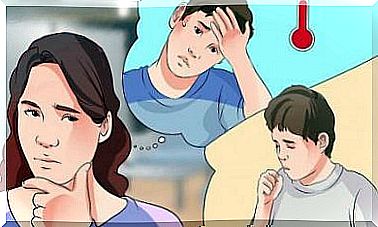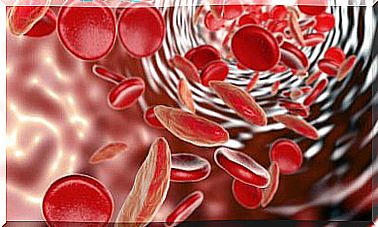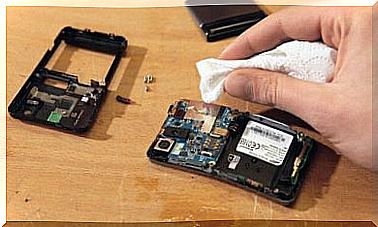Chickenpox
Chickenpox is a disease caused by the “zozter chickenpox” virus that usually occurs in childhood and usually does not cause serious consequences.
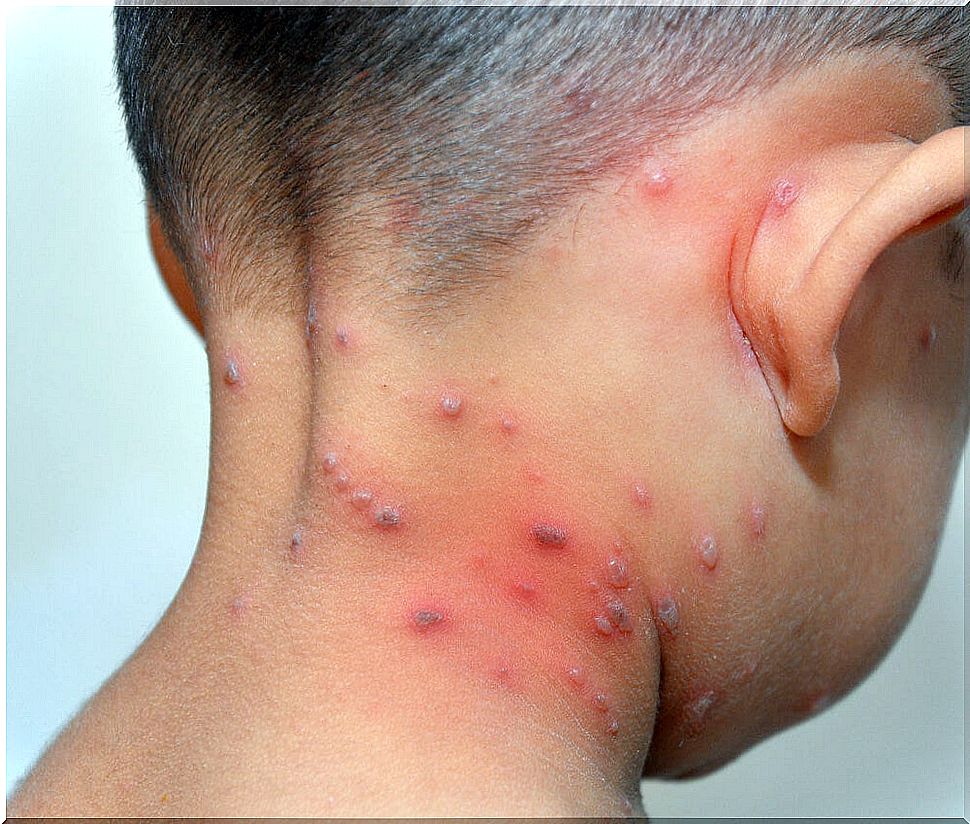
Chickenpox is a highly contagious viral infection. It is caused by the “varicella zoster” virus , which is a member of the herpesvirus family.
This disease is characterized by the appearance of an itchy rash on the skin. It turns into fluid-filled blisters, which then crust over.
The most common is that this disease appears in children under 15 years of age. It also has a dangerous variant called “shingles.” This is a reactivation of the virus in adults of any age, but mainly after 50 years.
The chickenpox virus is all over the planet and occurs at any time of the year, although with a slight predominance in winter and spring. It is a benign disease , causing only two deaths per 100,000 cases.

A vaccine against chickenpox is currently available. It is highly effective, as it prevents disease in up to 80% of cases. It can be applied even within 72 hours of exposure to the virus and prevents the appearance of chickenpox in 90% of cases.
How do you get the disease?
Chickenpox is spread from individual to individual. The medical literature indicates that it is contagious from three days before the eruptions appear, until five days after they become scabs.
Contagion occurs through direct or indirect contact. The direct occurs when there is a connection with skin lesions, or with secretions that are expelled by the patient when sneezing or coughing.
Although rare, chickenpox is also infected by coming into contact with objects that have been touched by the patient. In 2% of cases, transmission occurs from the mother to the fetus intrauterine. This gives rise to the so-called “congenital chickenpox syndrome”.
What are the symptoms of chicken pox?
The incubation period for the disease is approximately two weeks. This means that between the moment of infection and the appearance of the first symptoms, about 15 days elapse.
The first symptoms are moderate fever, for a period of two to three days. There is also a headache, tiredness, and poor appetite. Then some flat reddish spots appear, which gradually acquire relief until they become blisters.
Such blisters go through five stages: macula, papule, gallbladder, pustule, and scab. Each one of the eruptions goes through the different phases, independently of the others. Usually the spots appear first on the chest and back and then spread to the entire body. Once they become scabs, they disappear in two weeks.
Chickenpox in adults usually presents several complications, but only corresponds to 5% of cases. The following groups are also more vulnerable to complications: premature infants or children under one year of age; minors with skin problems; and people with problems in their immune system.
Do you have treatment?
A child in normal health can fight disease effectively. You only need a few medications like pain relievers and antihistamines to relieve symptoms. It is important to note that the child should not be given Aspirin, as it can cause Reye’s syndrome.
Lotions should be used to relieve itching. Also apply wet compresses to clean wounds caused by scratching. In this way, the appearance of infections is prevented and scars are avoided after the blisters disappear.
It is important to avoid contact between the patient and people who have not had the disease, until the scabs have dried. In particular, pregnant women must be protected.
What prevention measures can be applied?
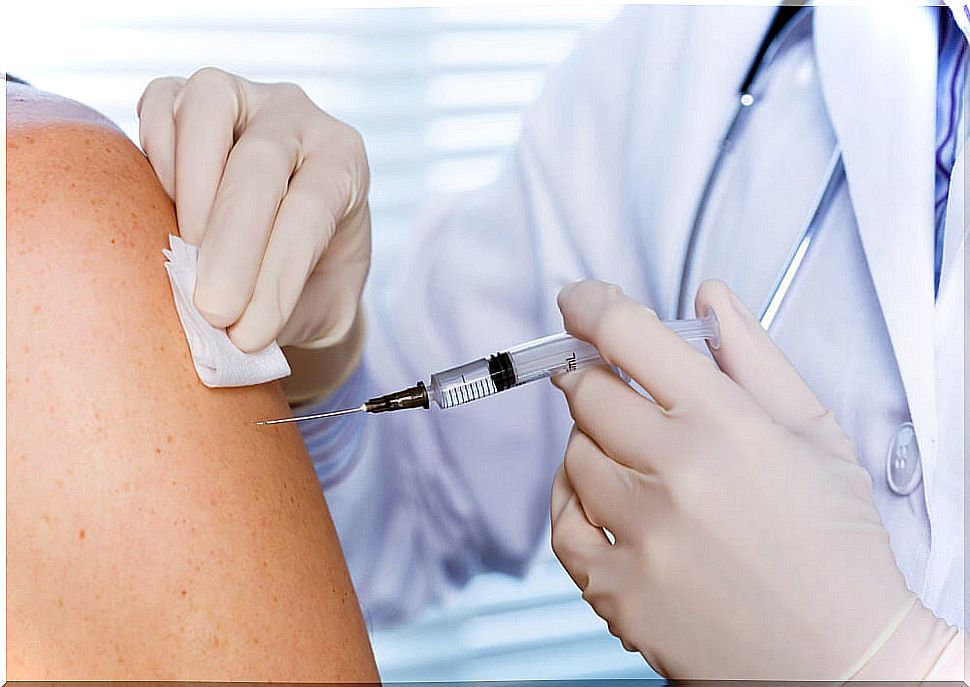
A vaccine against chickenpox is currently available. It is highly effective, as it prevents disease in up to 80% of cases. It can be applied even within 72 hours of exposure to the virus. In addition, it prevents the appearance of chickenpox in 90% of cases.
- Ideally, the first dose of the vaccine should be given to children between 12 and 15 months of age.
- The second dose is recommended at 4 to 6 years of age.
- If the child is not vaccinated, after the age of 13 he must receive both doses with an interval of four to eight weeks.
The chickenpox vaccine should not be given to pregnant women, people on chemotherapy, or those with a disease that weakens their immune system. Even those who have had the vaccine can get the disease, but the symptoms will be much weaker.
